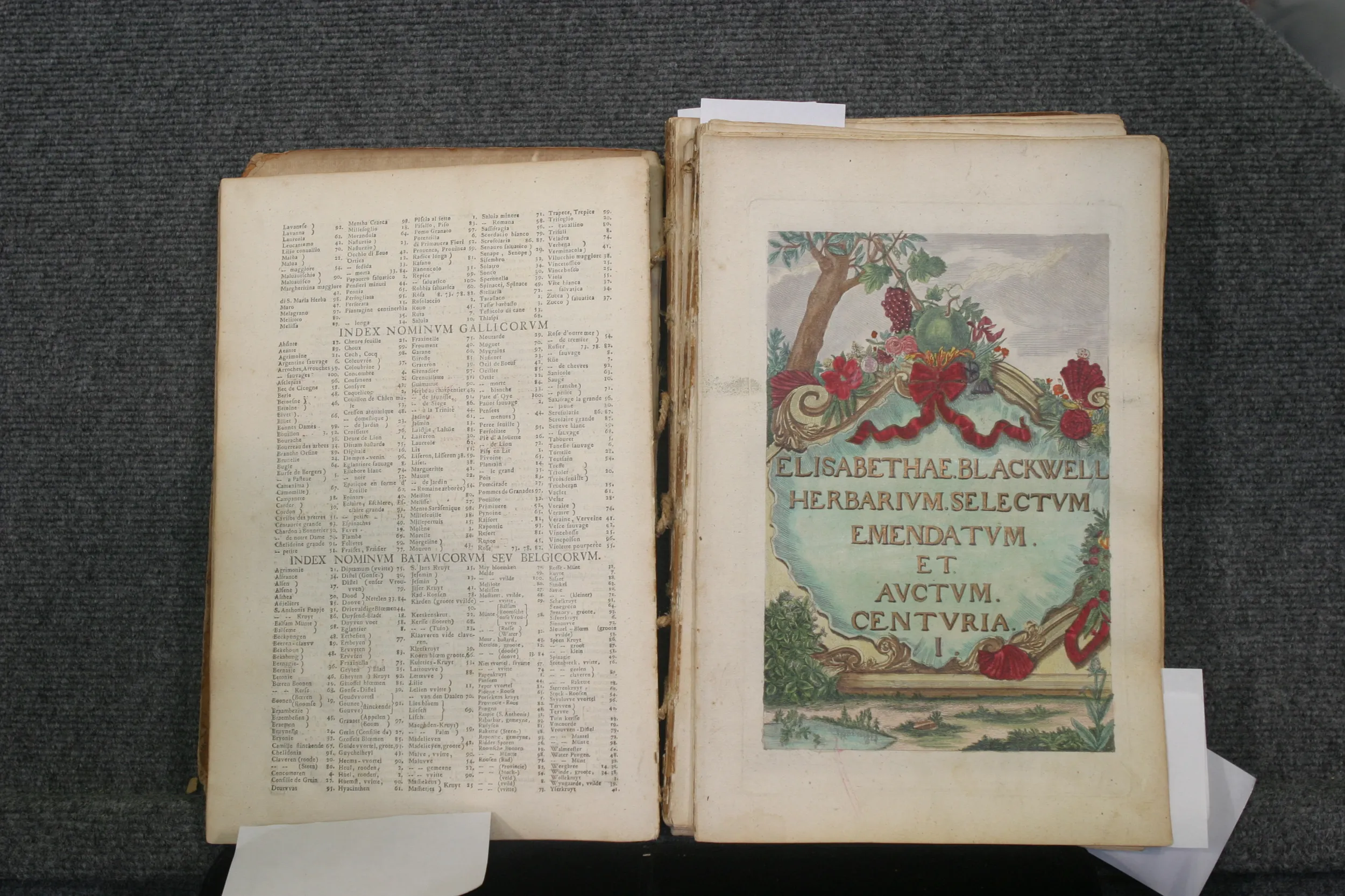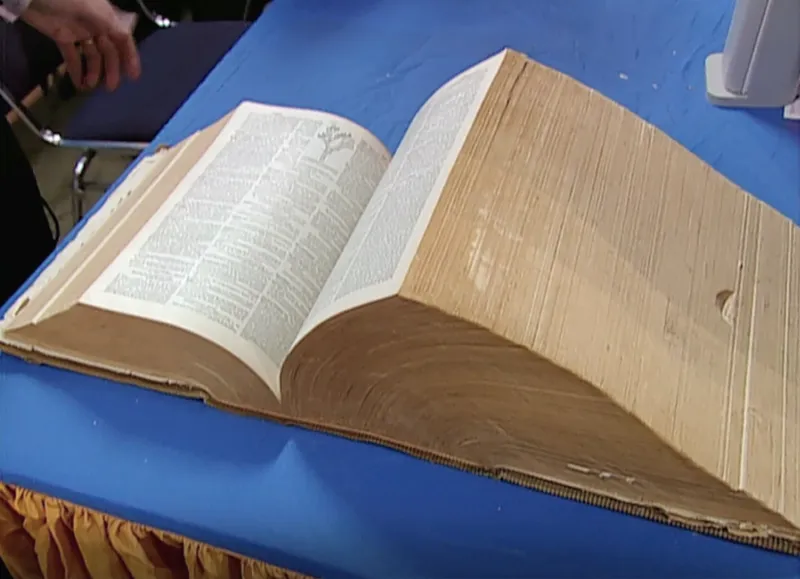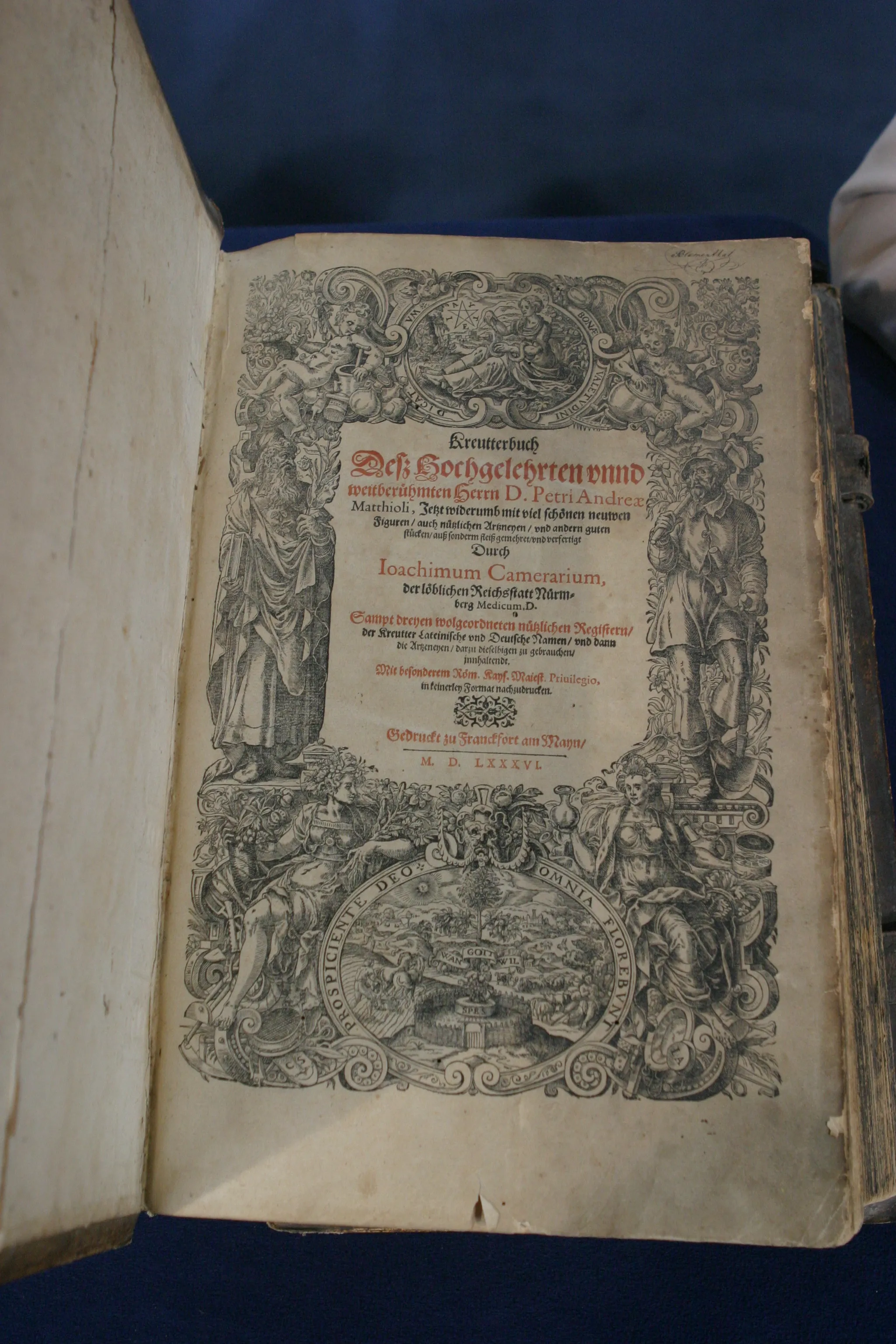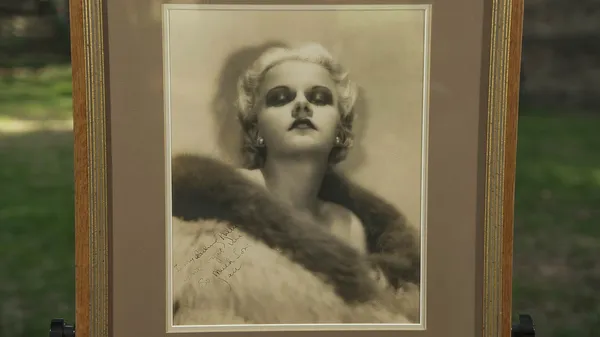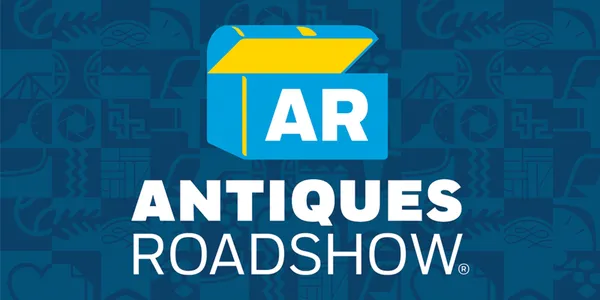GUEST: This book was given to me by my mother, and it was given to her by a girlfriend when she and the girlfriend worked at Fort Devens in Ayer during World War II. They would go down and work, and there were prisoners of war there from Italy and Germany. The girlfriend was given this book by an officer. But the girlfriend and my mother were both engaged, and their fiancés were overseas. When the girlfriend knew that her fiancé was coming back from overseas, she gave my mother the book, and my mother said, "I'll keep it for you." And she said, "Oh, no, I don't really want to have to explain why I got a book from an officer. It's fine, it's now yours." So my mother had it in her possession since World War II, and my mother did tell me that Al Hirschfeld was an illustrator during the war and afterwards, and she said he's fairly well-known.
APPRAISER: "Fairly well-known" would be an understatement. He was sort of the king of the caricaturists of the entertainment industry. Of all the books he illustrated, all the magazines, this is considered one of his absolute best works. It was a limited edition, it was something special when it came out in the 1940s. One of the things about caricature, caricature by its nature is exaggerated.
GUEST: Mm-hmm.
APPRAISER: And there are a lot of times when you're doing caricatures, especially in the 1930s, 1940s, and you're doing it of Black people, Harlem, it's very derogatory. Hirschfeld was aware of that, and he made a point-- and it carries through-- that these are celebrating Harlem. Let's look inside, and we'll go to the title page. The text by, was by William Saroyan.
GUEST: Yes.
APPRAISER: Who was a famous author, The Man on the Flying Trapeze. But when people think of the book, it's the illustrations. It was limited to 1,000 copies. This is number 295. Let's go to the next page to just look at a few of these illustrations. They're lithographs, they're original lithographs. This is one of the Lindy Hop. I mean, it's just a beautiful color illustration. There's also... Here's one on a jam session. He was trying to always show people in their best. He was trying to show the energy of Harlem. This was done in 1941. It's very much a collectible book.
GUEST: I didn't even know it existed until my daughter was going to college, and my mother said, "Oh, you should look at this."
APPRAISER: Have you ever looked into the value or the price?
GUEST: Not really. Someone did look at it once and said, "Oh, it's not signed, so maybe a couple of hundred dollars." That was about it.
APPRAISER: Why don't we get it back to the front? This is also a lithograph in the book.
GUEST: Yes.
APPRAISER: It's in very good condition. It did come out with, originally with a big slipcase.
GUEST: I have it.
APPRAISER: Oh, you have the slipcase?
GUEST: Yes, I do. There you go.
APPRAISER: All right. That explains an awful lot of why this copy was in such good condition. It's fantastic you have it. It does add to the value. I
was going to say probably $3,500 to $4,000.
GUEST: Oh, my!
APPRAISER: Uh, but, with the slipcase, I'd say maybe closer to $5,000.
GUEST: Oh, my goodness!
APPRAISER: That slipcase is rare.
GUEST: That's exciting. My mother would be thrilled to hear that.
APPRAISER: If you're gonna have one thing of Hirschfeld, this is it.
GUEST: This is it, good to know. Thank you so much.


